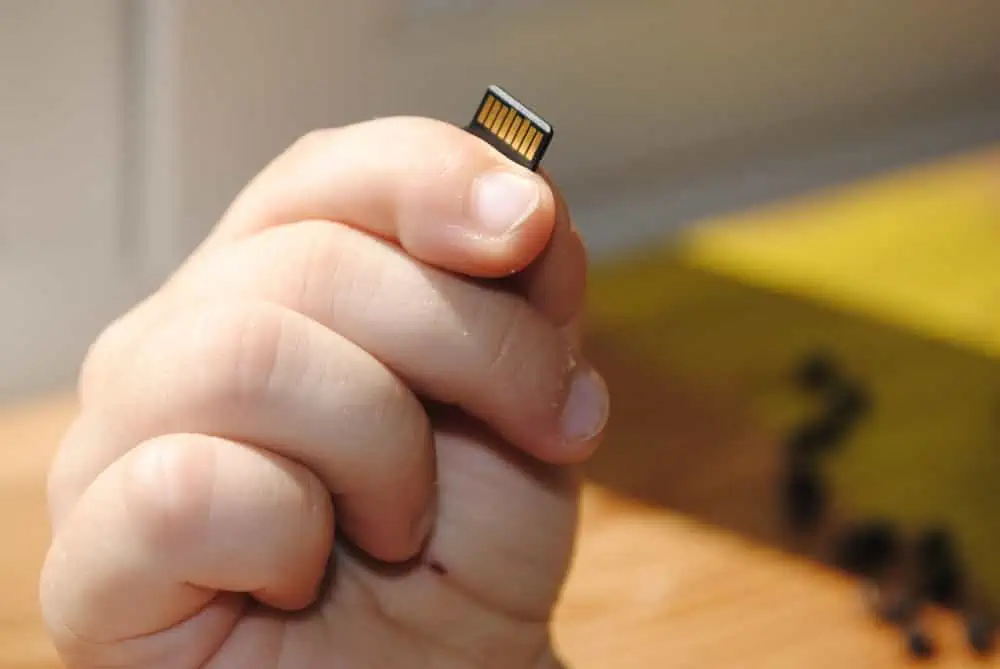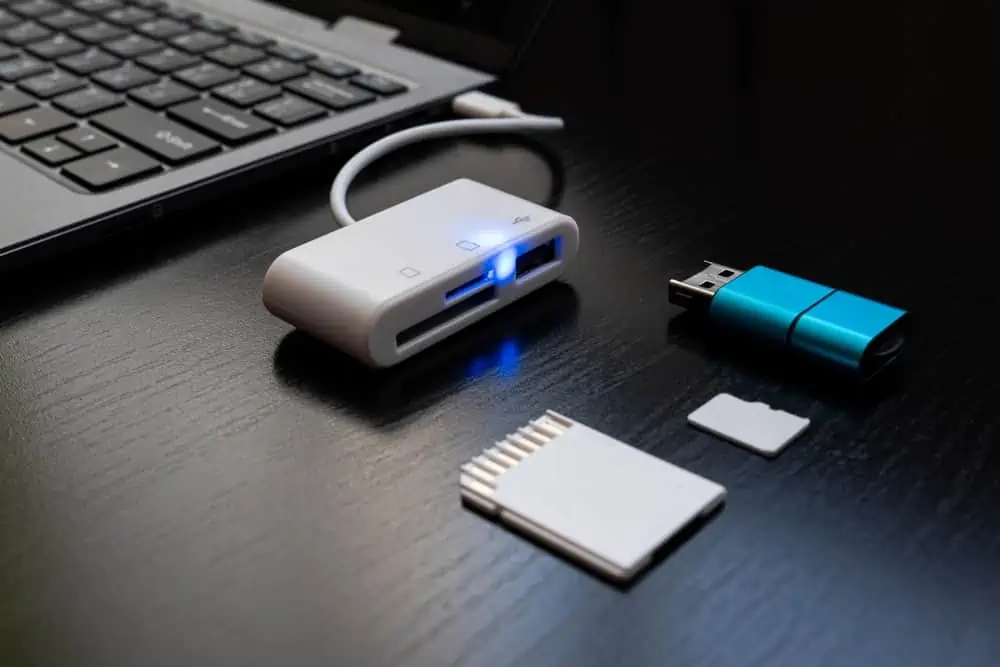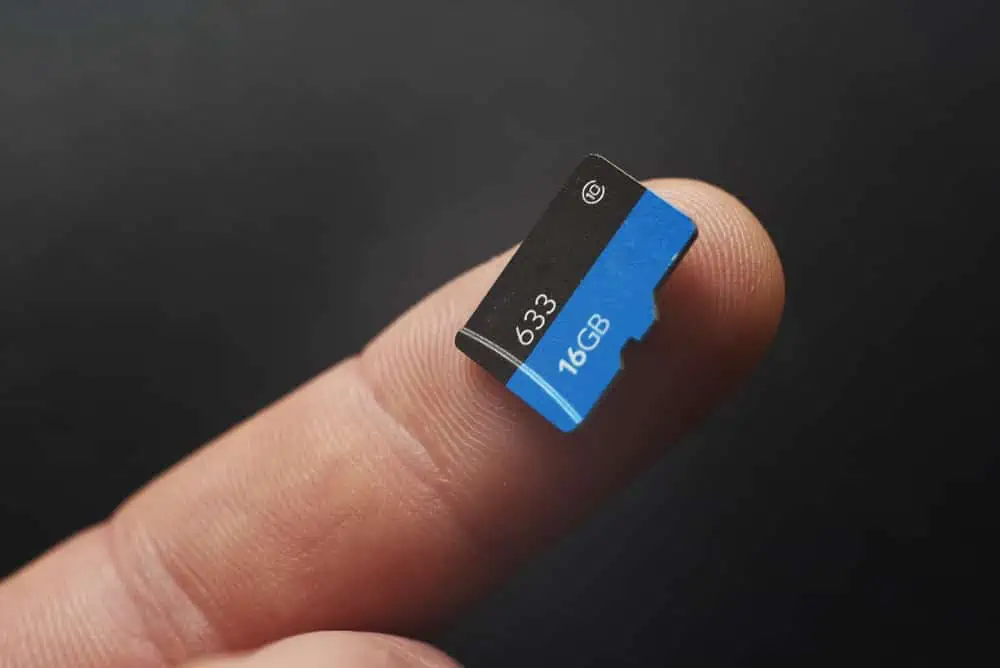How is PCIe 4.0 better than its predecessors? This detailed PCIe 4.0 article answers this question and more.
Overview
PCIe 4.0 is the fourth generation of the PCI Express interface. With that being said, knowledge about the PCIe interface itself is paramount for a better understanding of PCIe 4.0.
To start with, PCIe is an acronym for Peripheral Component Interconnect Express. Furthermore, it is a high-speed bus interface for connecting peripheral devices like SSDs and graphics cards to a computer.
Additionally, Peripheral Component Interconnect Express was first introduced in 2003 to replace older bus standards like PCI-X, PCI, and AGP. Moreover, since its introduction, PCIe has gone through a series of generations/improvements.
Hence, in 2011, PCI-SIG (Peripheral Component Interconnect Special Interest Group) announced the development of PCI Express 4.0. Nevertheless, it wasn’t officially released until 2017.
Moreover, PCIe 4.0 was released as the direct successor to the popular PCIe 3.0 interface. As expected, PCIe 4.0 comes with enhanced bandwidth and transfer speed than PCIe 3.0.
Speaking of which, PCI Express 4.0 has a transfer speed of up to 2 GB/s for each lane that it features. This is more than two times the 985 MB/s per lane transfer speed that PCIe 3.0 offers.
Now that we know a bit about PCI Express 4.0, let us move to the section below to find out how it works.
How Does PCIe 4.0 Work?
PCI Express 4.0 works like every other PCIe generation. Basically, it uses data connectors called “lanes” to transfer and receive data between the computer and peripheral devices.
Moreover, these data connectors also serve as power connectors. Hence, unlike the SATA interface, you don’t need a different cable/connector to power the PCI Express 4.0 device.
That aside, the PCIe 4.0 data connectors (lanes) come with four signal wires known as traces. Two of these signal wires are for transferring data, while the other two are for receiving data.
Besides, like every other PCIe generation, the PCI Express 4.0 interface can feature up to 32 lanes. Also, as stated earlier, PCI Express 4.0 offers a transfer speed of 2 GB/s for each lane it features.
Therefore, a PCI Express 4.0 interface with 32 lanes or PCIe 4.0 x32 offers a transfer speed of up to 64 GB/s. That’s incredible, right?
However, you will hardly find a consumer-based PCI Express 4.0 device that supports up to 32 lanes. Most consumer-based PCI Express 4.0 devices support 2 or 4 lanes.
Nevertheless, some high-end PCIe 4.0 graphics cards and SSDs support up to 16 lanes. Thus, with such a PCI Express 4.0 device, you will get a transfer speed of up to 32 GB/s.
Having discussed how PCI Express 4.0 works, let us look at some of its major features in the section below.
Features of PCIe 4.0
In the previous sections, we looked into what PCIe 4.0 is all about and how it works. In this section, we will be talking about some of the major features of this storage technology.
Enhanced Speed Compared to its Predecessor, PCIe 3.0
As the direct successor to PCI Express 3.0, PCI Express 4.0 offers faster bandwidth and enhanced transfer speed. To be more specific, PCI Express 4.0 offers a transfer speed of up to 2 GB/s per lane.
PCIe 3.0, on the other hand, offers a transfer speed of 985 MB/s per lane.
Backward and Forward Compatibility
As with every other PCIe generation, PCI Express 4.0 is backward compatible. This implies that you can connect a PCI Express 4.0 device to an older PCI Express generation.
However, the speed of the PCIe 4.0 device will be limited to the speed of the older generation interface. In addition to its backward compatibility, PCI Express 4.0 is also forward compatible.
Therefore, you will be able to connect a PCIe 4.0 device to a newer generation PCIe interface like the PCIe 5.0. Regardless, the speed of the PCI Express 4.0 device will be restricted to the speed of the PCI Express 4.0 interface.
It is Cross-compatible
Apart from being forward and backward-compatible, PCI Express 4.0 is also cross-compatible. As stated earlier, PCI Express 4.0 interface can feature up to 32 lanes (data connector).
Hence, due to its cross-compatibility, a PCIe 4.0 x1 device can connect to a PCIe 4.0 x2, x4, x8, x16, and x32 interface. Likewise, a PCIe 4.0 x2 device can connect to a PCIe 4.0 x4, x8, x16, and x32 interface.
By the way, “x1”, “x2”, “x4” , “x8”, “x16”, and “x32” represent the number of lanes that the PCIe 4.0 features. However, using a PCI Express 4.0 x1 device on a PCI Express 4.0 interface with a larger number of lanes doesn’t boost performance.
Basically, the speed of the PCIe 4.0 x1 device will still be limited to the speed of the single lane.
Mostly High-end Motherboards Support the PCIe 4.0 Interface
If you want to benefit from the enhanced speed of the PCI Express 4.0 interface, then you need to have a high-end motherboard. Fortunately, both Intel and AMD have motherboards in the market that support this speedy interface.
These include motherboards like the AMD X570, AMD B550, Intel Z690, Intel Z590, Intel B560, and Intel H570.
PCIe 4.0 Devices are Pretty Expensive
Due to the fact that they offer faster bandwidth and improved transfer speed, PCI Express 4.0 devices are pretty expensive. For example, the PCIe 4.0 GIGABYTE AORUS 1 TB SSD costs over $150.
In comparison, the PCIe 3.0 PNY CS1030 1 TB SSD only costs a little over $60.
Advantages of PCIe 4.0
Improved Bandwidth and Transfer Speed
PCIe 4.0 comes with double the transfer speed of PCIe 3.0.
Specifically, PCI Express 4.0 offers a transfer speed of 2 GB/s per lane. PCIe 3.0, on the other hand, comes with a transfer speed of 985 MB/s per lane.
Clearly, a PCI Express 4.0 device will be faster and more efficient than a PCI Express 3.0 device.
PCIe 4.0 Greatly Improves Gaming Activities
Due to the fact that PCIe 4.0 offers a super-fast transfer speed and low latency, PCIe 4.0 is good for gaming.
Basically, PCI Express 4.0 graphics cards are mostly dedicated graphics cards with dedicated VRAM. Hence, PCIe 4.0’s speed will be very fast for the PC to send/receive data to/from the GPU’s dedicated VRAM while gaming.
This, in turn, results in smoother gameplay and faster graphics rendering.
PCIe 4.0 Support Hot-plugging
PCIe 4.0 supports hot-plugging, meaning PCIe 4.0 devices are hot-pluggable or hot-swappable.
What this means is that you can insert or remove a PCI Express 4.0 device from a computer without the need to shut it down. However, the computer must support hot-plugging to recognize the changes without shutting down.
While this sounds amazing, it majorly applies to external PCIe 4.0 devices. This is because it is advisable to shut down a computer before removing or inserting any internal device.
PCI Express 4.0 Devices are backward-compatible
What this means is that you can connect a PCI Express 4.0 device to an older generation PCI Express interface and it will work.
However, the speed of the PCI Express 4.0 device will be limited to the speed of the older generation PCI Express interface.
Disadvantages of PCIe 4.0
PCI Express 4.0 is Not Readily Available
Compared to the PCI Express 3.0 interface that you can find on most computer motherboards, you will only find PCI Express 4.0 on high-end motherboards.
As a matter of fact, you will hardly find PCI Express 4.0 devices in the market today.
Devices That Support PCI Express 4.0 are Very Expensive
Because they offer faster transfer speed and bandwidth, PCI Express 4.0 devices tend to be more expensive.
Besides, the more lanes a PCIe 4.0 device supports, the more expensive it will be.
More Power Consumption Than Older Generations
PCI Express 4.0 consumes more power than older-generation PCI Express interfaces.
For example, a laptop with a PCI Express 4.0 SSD will drain faster than a laptop with a PCI Express 3.0 SSD.
PCI Express 4.0 Doesn’t Support Older Operating Systems
As with other PCI Express generations, PCI Express 4.0 doesn’t support older operating systems like Windows XP.
Therefore, computers with the PCIe 4.0 interface can’t make use of Windows XP. Nevertheless, if for any reason you need Windows XP in 2022, you have to install the PCIe driver on the PC.
Frequently Asked Questions
The full meaning of PCIe is Peripheral Component Interconnect Express.
PCI-SIG (Peripheral Component Interconnect Special Interest Group) announced the development of PCI Express 4.0 in 2011. However, it was not officially released until 2017.
Yes, you can. This is because PCIe generations are forward and backward-compatible.
However, the speed of the PCI Express 3.0 card will be limited to the speed of the PCIe 3.0 interface.
The data transfer speed is the major difference between PCI Express 4.0 and 3.0. Essentially, PCIe 4.0 offers double the transfer speed that PCIe 3.0 offers.
To be more specific, PCI Express 4.0 has a transfer speed of up to 2 GB/s per lane. On the other hand, PCIe 3.0 has a transfer speed of 985 MB/s per lane.
A PCI Express 4.0 SSD is an SSD that is connected to a computer’s motherboard via a PCI Express 4.0 bus interface.
PCIe 4.0 is the 4th generation of the Peripheral Component Interconnect Express serial expansion bus standard. It is also the direct successor to PCIe 3.0 with improved throughput and higher bandwidth.
No, PCIe and NVMe are not the same. The PCI Express 4.0 is the 4th generation PCIe serial expansion bus standard for connecting peripheral devices to a computer.
On the other hand, NVMe is a storage protocol similar to AHCI for flash storage devices like SSDs connected via a PCIe interface. Basically, NVMe works with PCIe SSDs to enhance their speed.
No, PCI Express 4.0 does not support Intel’s 10th-generation processor. The PCI Express 4.0 interface only supports Intel 11th and 12th-generation processors.
Yes, PCI Express 4.0 is better and faster than PCI Express 3.0. As a matter of fact, PCI Express 4.0 offers double the transfer speed that PCI Express 3.0 offers.
Yes, you can. However, the speed of the PCI Express 4.0 card will be limited to the speed of the PCI Express 4.0 interface.
Conclusion
Peripheral Component Interconnect Express 4.0 is the direct successor to PCI Express 3.0. As expected, it comes with improved bandwidth and faster transfer speed than PCIe Express 3.0.
Moreover, as with other PCI Express generations, PCI Express 4.0 is backward and forward-compatible. As a matter of fact, it is also cross-compatible.
However, the PCIe 4.0 interface is quite scarce. In essence, they are mostly found on high-end computer motherboards.
Additionally, PCI Express 4.0 devices are mostly expensive. Nevertheless, they offer efficient performance and outstanding speed, making them worth their expensive price tags.
I hope I was able to comprehensively explain what PCI Express 4.0 is all about and how it works. I also hope you found this article easy to understand and helpful.
If you found this article helpful, click on “Yes” beside the “Was this page helpful” question below. You may also express your thoughts and opinions by using the “Leave a Comment” form at the bottom of this page.
Finally, you may find other helpful articles on our Storage & Disk Technology Explained page.



